Saudi Arabia to boost renewable energy with $8bn investment – Financial Times

Saudi Arabia’s Renewable Energy Initiative: A Commitment to Sustainable Development
Project Overview and Strategic Investment
A consortium led by ACWA Power has committed to an $8.3 billion investment to advance Saudi Arabia’s renewable energy infrastructure. This initiative represents a significant public-private partnership aimed at achieving national sustainability targets.
- Total Investment: $8.3 billion
- Consortium Lead: ACWA Power (owned by the Public Investment Fund)
- Key Partners: Aramco Power and the Water and Electricity Holding Co.
- Objective: To construct 15 gigawatts of solar and wind energy capacity.
Alignment with Sustainable Development Goal 7 (Affordable and Clean Energy)
The project is a direct contribution to SDG 7 by substantially increasing the share of renewable energy in the nation’s energy mix and ensuring access to affordable and clean power. The power purchase agreements signed with the state-owned electricity buyer have secured prices described as “the lowest globally.”
- National Target: To generate 50% of electricity from renewable sources by 2030.
- Capacity Increase: The planned 15 GW is a monumental step up from the 4.34 GW of solar capacity recorded at the end of 2024.
- Project Portfolio:
- Five large-scale solar farms.
- Two large-scale wind farms.
Contribution to SDG 13 (Climate Action) and SDG 8 (Economic Growth)
This investment is a cornerstone of Saudi Arabia’s strategy to combat climate change and foster sustainable economic growth. By transitioning away from fossil fuels for domestic power generation, the kingdom addresses its climate commitments while diversifying its economy.
- Climate Action (SDG 13): The initiative is critical for the national goal of achieving net-zero carbon emissions by 2060 and reducing reliance on oil and gas-fired power plants.
- Economic Diversification (SDG 8): The project supports the plan to move the Saudi economy away from its dependence on oil revenues, creating new opportunities in the green energy sector.
Infrastructure Development and Partnerships (SDG 9 & SDG 17)
The development of these energy facilities represents a major upgrade to the nation’s infrastructure (SDG 9) and exemplifies a successful model for public-private partnerships (SDG 17) in achieving large-scale development goals.
- Riyadh Region: Two solar and two wind projects will be developed.
- Mecca Region: A new solar project is planned.
- Medina Region: A new solar project is planned.
- Aseer Province: A new solar project is planned.
- Completion Target: All projects are scheduled to be operational by 2028.
Regional and Global Context
This initiative places Saudi Arabia at the forefront of the Middle East’s rapid expansion of renewable energy capacity, a region that is the fastest-growing in the sector outside of China. The leadership of ACWA Power, which is also expanding its operations into Asia, underscores a broader commitment to the global energy transition and the pursuit of the Sustainable Development Goals.
Analysis of Sustainable Development Goals (SDGs) in the Article
1. Which SDGs are addressed or connected to the issues highlighted in the article?
-
SDG 7: Affordable and Clean Energy
- The entire article focuses on a massive $8.3bn investment to build 15 gigawatts of solar and wind farms. This directly addresses the goal of ensuring access to affordable, reliable, sustainable, and modern energy for all. The text highlights Saudi Arabia’s push to generate half of its electricity from renewable sources by 2030.
-
SDG 13: Climate Action
- The article explicitly mentions Saudi Arabia’s goal to “cut its carbon dioxide emissions to net zero by 2060.” The large-scale shift from oil and gas-fired power plants to solar and wind power is a direct action to combat climate change and its impacts.
-
SDG 9: Industry, Innovation and Infrastructure
- The construction of “five solar and two wind projects in four regions” represents a significant development of sustainable and resilient infrastructure. The article describes these agreements as “among the world’s largest,” which points to building new, clean energy infrastructure to support economic development and human well-being.
-
SDG 8: Decent Work and Economic Growth
- The investment is part of a broader plan “to diversify the Saudi economy away from its dependence on oil revenues.” This initiative aims to achieve higher levels of economic productivity through diversification and a focus on high-value-added and technology-intensive sectors like renewable energy.
2. What specific targets under those SDGs can be identified based on the article’s content?
-
Target 7.2: By 2030, increase substantially the share of renewable energy in the global energy mix.
- The article directly supports this target by detailing Saudi Arabia’s ambition “to generate half of its electricity from renewable sources by 2030” and its plan to build “15 gigawatts of solar and wind farms.”
-
Target 13.2: Integrate climate change measures into national policies, strategies and planning.
- This target is identified through the mention of the national plan to “cut its carbon dioxide emissions to net zero by 2060” and the strategy to shift energy generation to renewables as part of a plan launched by Crown Prince Mohammed bin Salman.
-
Target 9.4: By 2030, upgrade infrastructure and retrofit industries to make them sustainable, with increased resource-use efficiency and greater adoption of clean and environmentally sound technologies and industrial processes.
- The article describes the construction of new solar and wind farms to replace electricity currently supplied by “oil and gas-fired power plants.” This is a direct example of upgrading energy infrastructure with clean technologies.
-
Target 7.b: By 2030, expand infrastructure and upgrade technology for supplying modern and sustainable energy services for all in developing countries.
- The $8.3bn investment by a consortium to build large-scale renewable energy projects is a clear example of expanding infrastructure for sustainable energy services.
-
Target 8.2: Achieve higher levels of economic productivity through diversification, technological upgrading and innovation.
- The article states that the renewable energy push is part of a plan “to diversify the Saudi economy away from its dependence on oil revenues,” which directly aligns with this target.
3. Are there any indicators mentioned or implied in the article that can be used to measure progress towards the identified targets?
-
For Target 7.2 (Increase share of renewable energy):
- Indicator: The share of renewable energy in total electricity generation.
- Data from article: The current capacity is “4.34 gigawatts of solar capacity as of the end of 2024.” The new projects will add “15 gigawatts.” The goal is to “generate half of its electricity from renewable sources by 2030” and have “up to 130GW of solar and wind capacity by the end of the decade.”
-
For Target 7.b (Expand infrastructure and upgrade technology):
- Indicator: Investment in renewable energy infrastructure.
- Data from article: A specific investment of “$8.3bn” is mentioned for the new projects.
-
For Target 13.2 (Integrate climate change measures):
- Indicator: The establishment and implementation of national strategies for climate action.
- Data from article: The article explicitly mentions the national goal to “cut its carbon dioxide emissions to net zero by 2060” and the plan to achieve 50% renewable electricity by 2030.
-
For Target 9.4 (Upgrade infrastructure):
- Indicator: The amount of new, clean infrastructure developed.
- Data from article: The plan to build “five solar and two wind projects” and add “15 gigawatts” of capacity are direct measures of this progress.
4. Summary of SDGs, Targets, and Indicators
| SDGs | Targets | Indicators Identified in the Article |
|---|---|---|
| SDG 7: Affordable and Clean Energy | 7.2: Increase substantially the share of renewable energy in the global energy mix.
7.b: Expand infrastructure and upgrade technology for supplying modern and sustainable energy services. |
– Goal to generate 50% of electricity from renewables by 2030. – Addition of 15 GW of solar and wind capacity. – Goal to reach 130 GW of renewable capacity by the end of the decade. – An investment of $8.3bn in renewable energy projects. |
| SDG 13: Climate Action | 13.2: Integrate climate change measures into national policies, strategies and planning. | – National plan to cut carbon dioxide emissions to net zero by 2060. – Implementation of a strategy to shift from fossil fuels to renewables for electricity generation. |
| SDG 9: Industry, Innovation and Infrastructure | 9.4: Upgrade infrastructure and retrofit industries to make them sustainable… with greater adoption of clean and environmentally sound technologies. | – Construction of five new solar projects and two new wind projects. – Replacing electricity from oil and gas-fired power plants with renewable sources. |
| SDG 8: Decent Work and Economic Growth | 8.2: Achieve higher levels of economic productivity through diversification, technological upgrading and innovation. | – Implementation of a plan to diversify the Saudi economy away from its dependence on oil revenues through investment in the renewable energy sector. |
Source: ft.com

What is Your Reaction?
 Like
0
Like
0
 Dislike
0
Dislike
0
 Love
0
Love
0
 Funny
0
Funny
0
 Angry
0
Angry
0
 Sad
0
Sad
0
 Wow
0
Wow
0







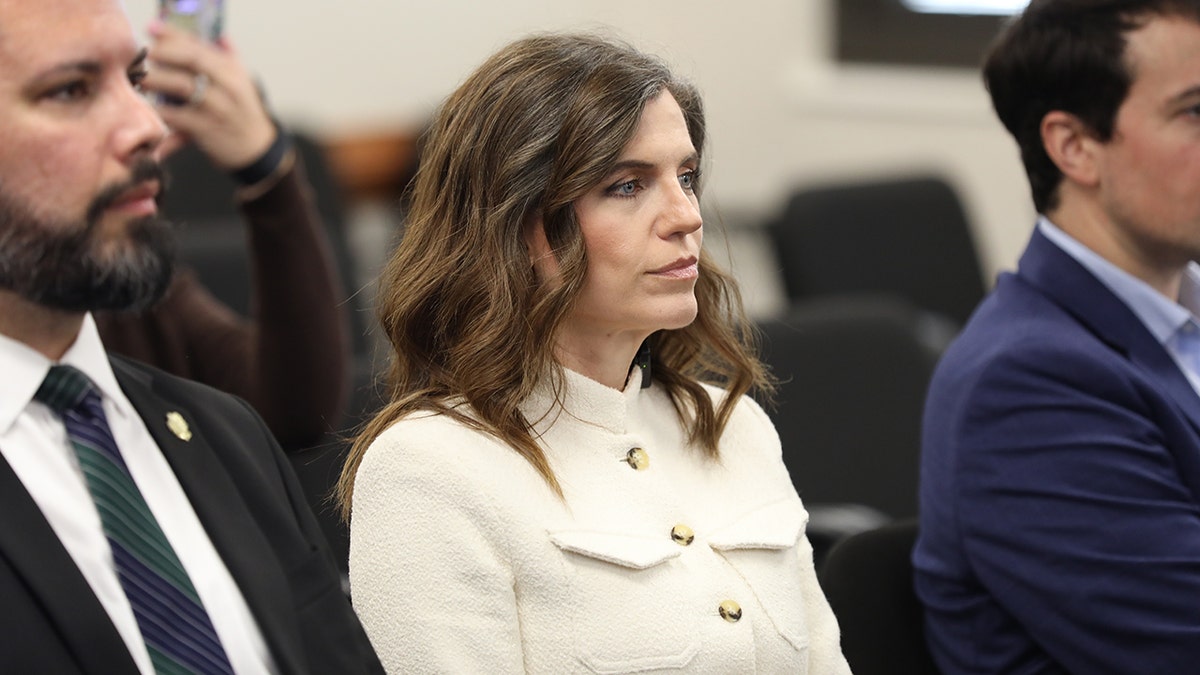


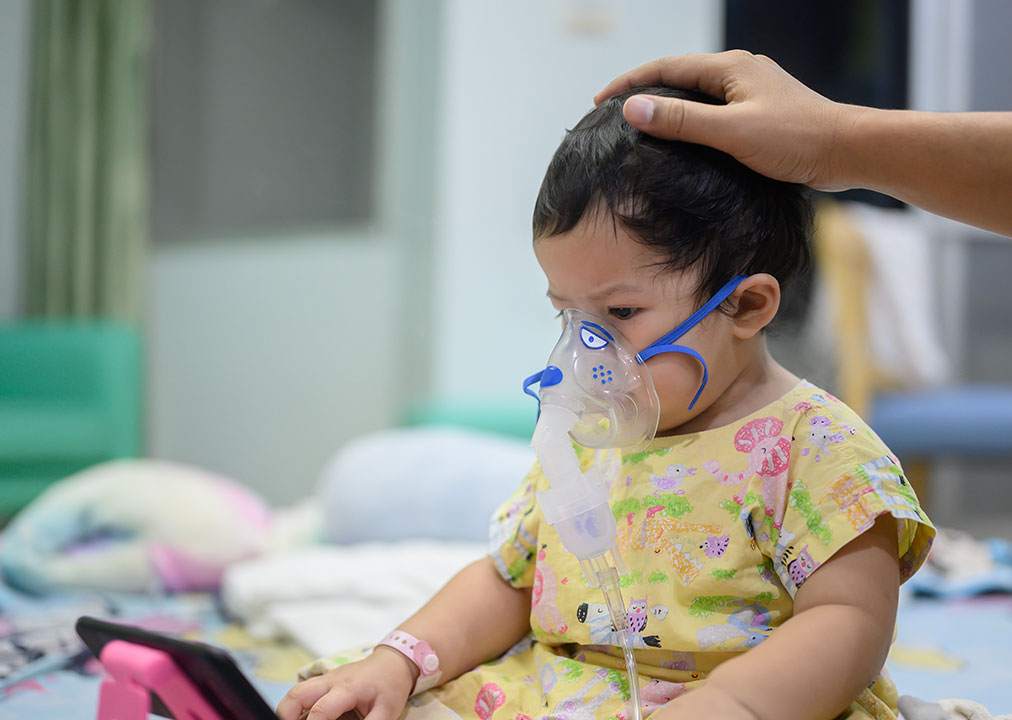


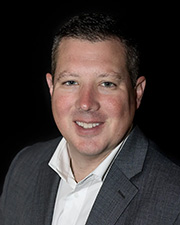












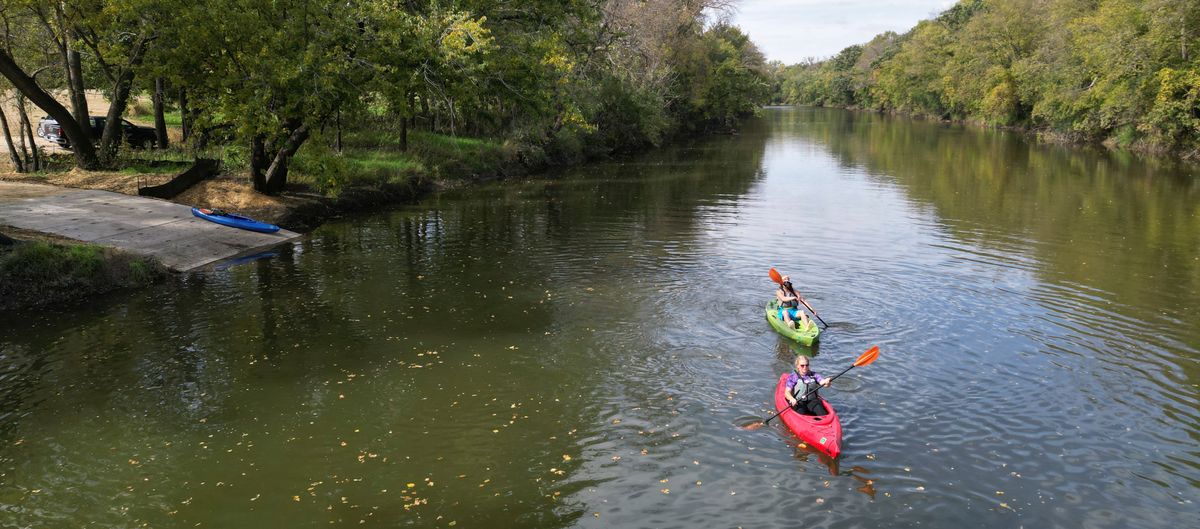

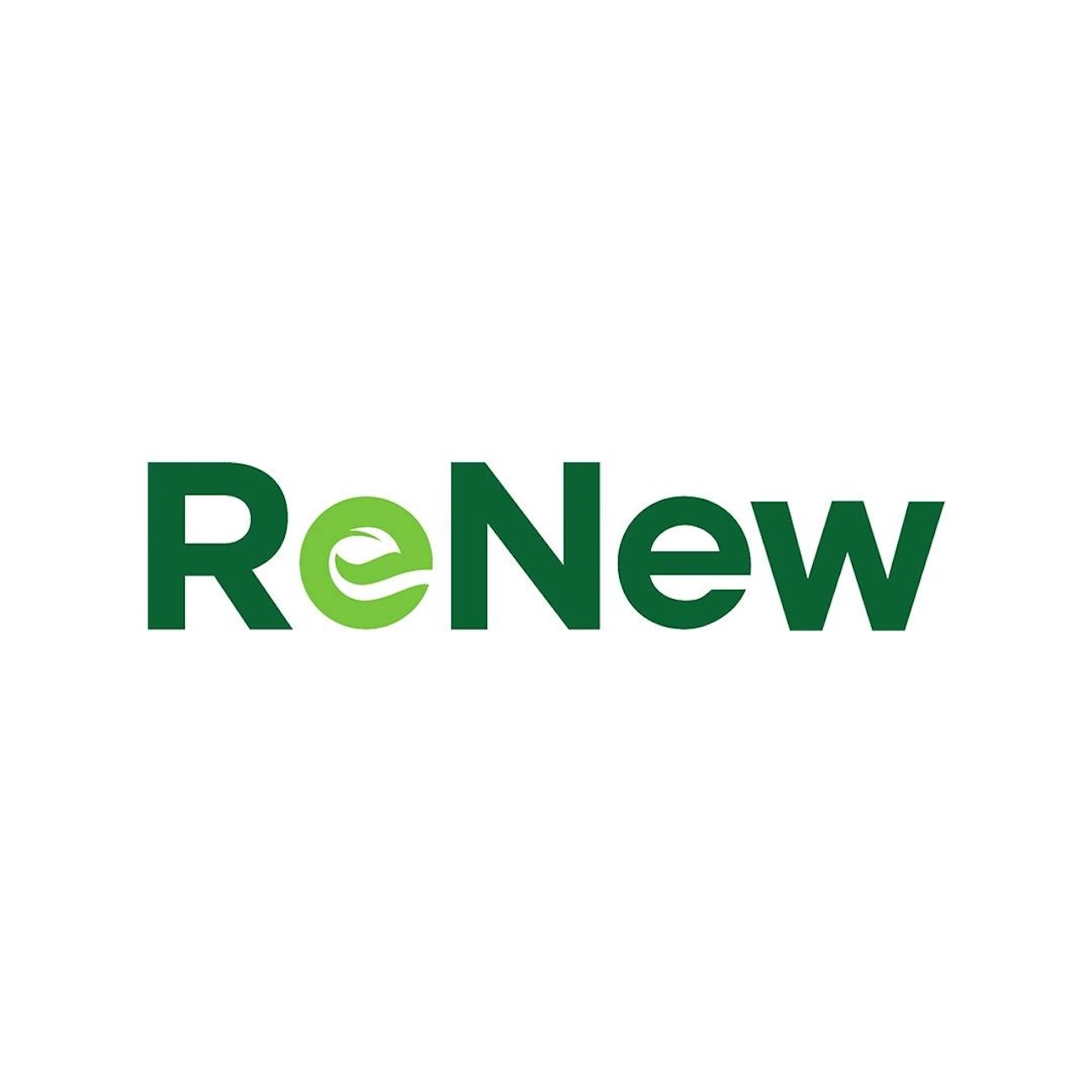

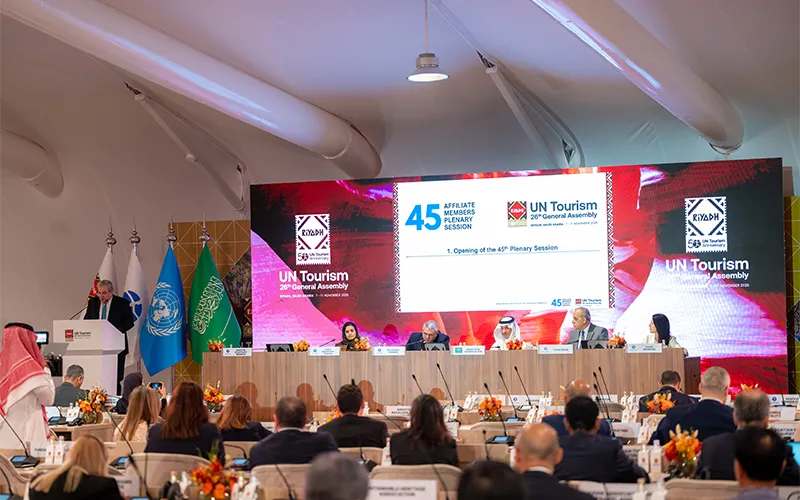
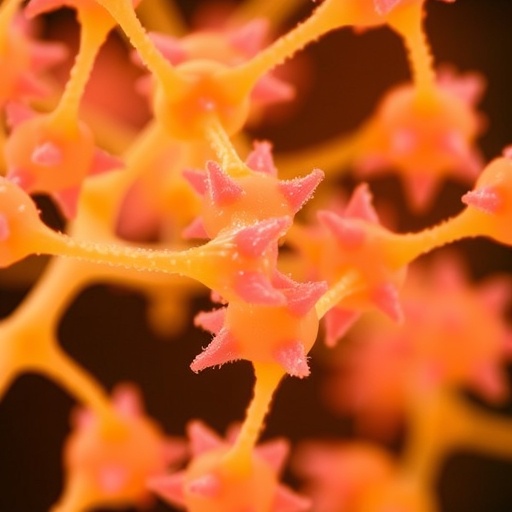



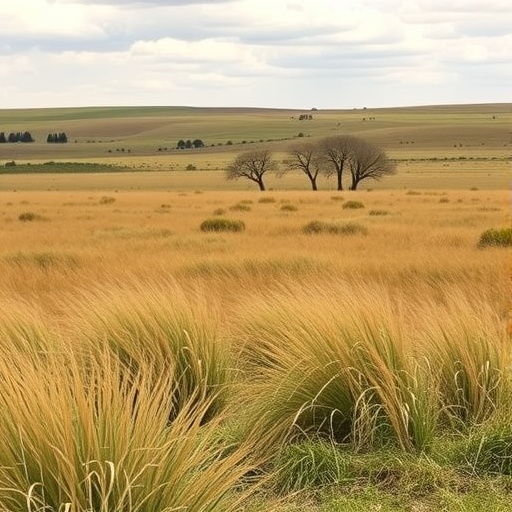




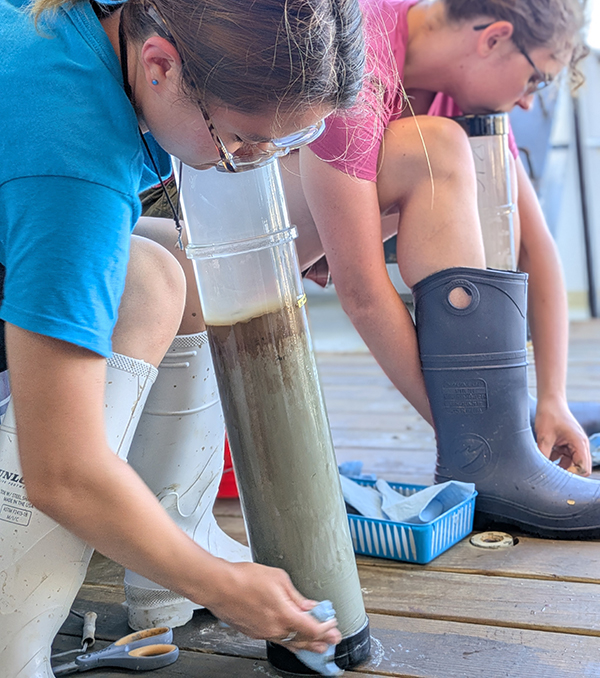















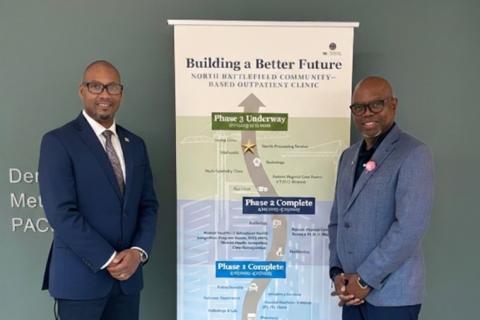

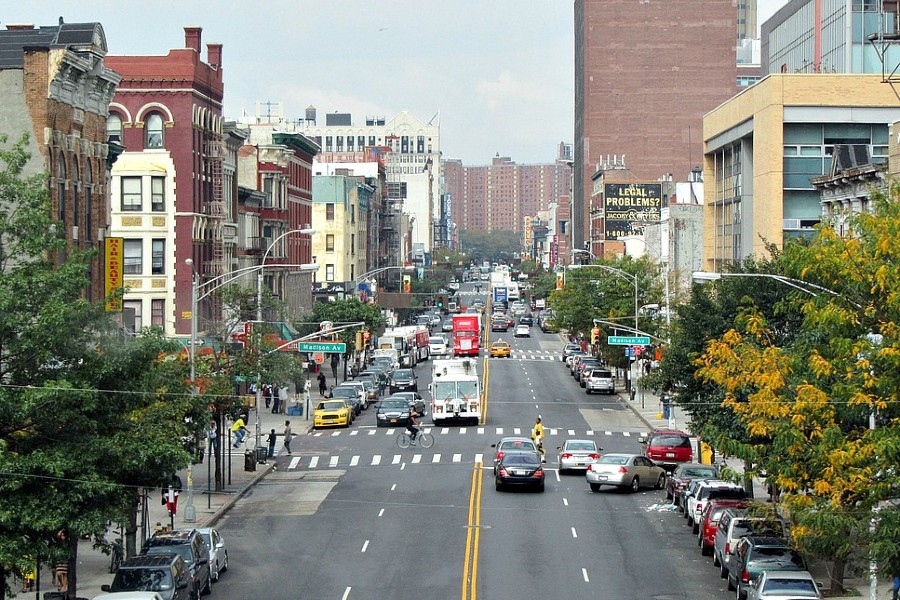




![Governing Health -Compensation Considerations for Health System Innovation Activities [Podcast] – The National Law Review](https://natlawreview.com/sites/default/files/styles/article_image/public/2025-10/Health AI Security Privacy Data Cyber Medical Doctor-309772690.jpg.webp?itok=i51uHMDx#)
_21.jpg?#)


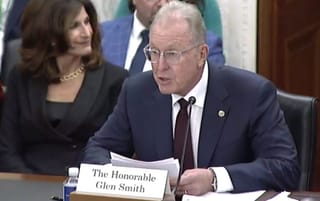
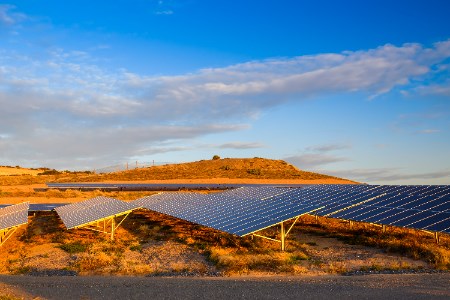

![MDN’s Energy Stories of Interest: Thu, Nov 6, 2025 [FREE ACCESS] – Marcellus Drilling News](https://marcellusdrilling.com/wp-content/uploads/2025/03/MDN-energy-stories-of-interest-300x300.jpg?#)







